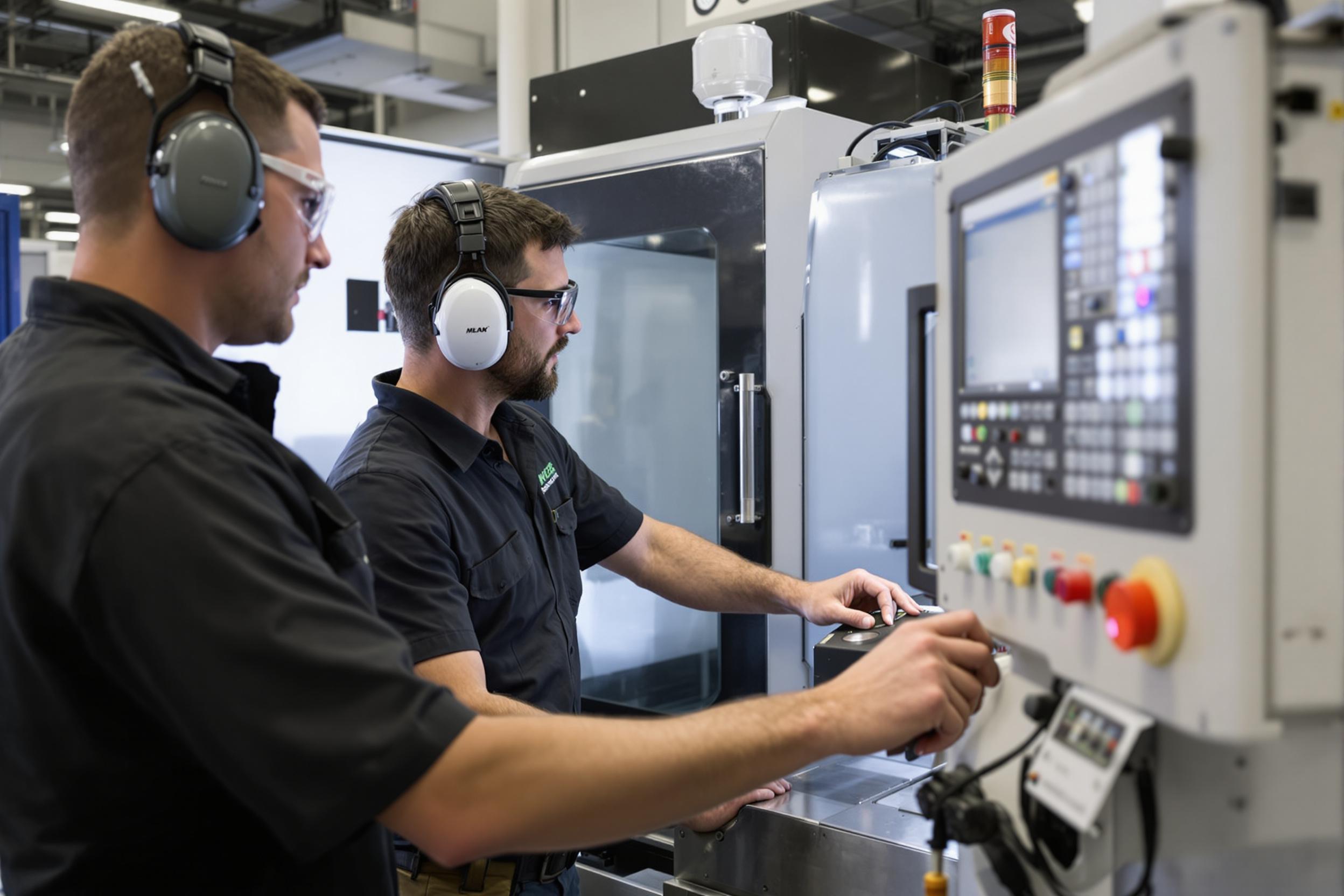What is a Manufacturing Skill Matrix?
A Guide to Workforce Capability Tracking
A skills matrix is your roadmap to manufacturing workforce capability. At its core, it's a systematic way to track who can do what in your facility - from operating specific equipment to managing complex processes. But it's more than just a tracking tool. When implemented effectively, a skills matrix becomes your strategic compass for workforce development, risk management, and operational excellence.
The Nuts and Bolts of Skills Matrices
Think of a skills matrix as your facility's capability snapshot. Each row represents an employee, each column a specific skill or equipment competency. The intersections show proficiency levels, typically ranging from novice to expert. This visualization quickly reveals where your strengths lie and where gaps need addressing.
Manufacturing organizations often start with basic tools like a manufacturing skills matrix excel template or an engineering skills matrix template. These provide the fundamental framework: mapping people against required competencies. The key is understanding that the format matters less than the consistency of your assessment criteria and the regularity of your updates.
Why Your Facility Needs a Skills Matrix
Manufacturing excellence hinges on having the right skills in the right place at the right time. Without a clear understanding of your workforce capabilities, you're essentially flying blind. A properly maintained skills matrix illuminates critical insights: single points of failure where only one person knows a critical process, opportunities for cross-training to build resilience, and gaps that could impact your ability to meet production targets or quality standards.
Consider this scenario: A key operator calls in sick during your busiest production period. Without a skills matrix, finding a qualified replacement becomes a scramble, risking production delays or quality issues. With a current skills matrix, you can immediately identify qualified alternatives across shifts and departments.
The Hidden Costs of Manual Tracking
Many facilities start with a cross training template or a skills matrix template excel free download. While these tools can work for small operations, they quickly become liability as organizations grow. Manual tracking through spreadsheets introduces several critical challenges:
Version control becomes a nightmare when multiple departments maintain their own copies. Training records get outdated. Certification expiration dates slip through the cracks. Cross-training opportunities get missed. Most importantly, the time spent maintaining and reconciling these records could be better spent on actual workforce development.
Digital Solutions: The Game Changer
Modern digital skills matrices transform workforce capability management. They eliminate version control issues, automate certification tracking, and provide real-time visibility across your organization. But the real value goes deeper. Digital platforms enable data-driven decisions about training investments, help optimize shift planning, and identify emerging skill gaps before they impact operations.
The key advantages aren't just in the technology - they're in the outcomes. Faster response to production challenges. More strategic training programs. Better resource allocation. Reduced risk of quality issues from skill mismatches. These benefits directly impact your bottom line through improved efficiency and reduced downtime.
Making It Work: Implementation Essentials
Success with a skills matrix comes down to three core elements: clear assessment criteria, consistent updates, and stakeholder buy-in. Your assessment criteria must be objective and well-documented. Updates need to happen in real-time as skills are acquired or validated. And everyone, from operators to management, needs to understand the value and participate in the process.
Start small: Pick one critical area or department. Define the must-have skills. Assess current capabilities. Identify gaps. Plan training. Track progress. Learn from the process. Then expand.
Conclusion
A skills matrix is not just another HR tool - it's a strategic asset that drives manufacturing excellence. When implemented effectively, it transforms workforce development from a reactive scramble into a proactive strategy. The result? A more capable workforce, more resilient operations, and a stronger competitive position.
The choice isn't whether to implement a skills matrix - it's whether to do it strategically or wait until circumstances force your hand. In today's manufacturing environment, the strategic approach is the only viable option.
Share this article
Related Posts

A comprehensive guide to implementing and maintaining successful skills management programs in manufacturing environments.

Discover how precision machine shops are leveraging skill management to maintain quality and efficiency.